This post may contain affiliate links, please read my full disclosure policy.
Traditional French lemon tarts are made with a pâte sucrée dough ('sweet dough') and filled with a creamy lemon curd filling. They are dreamy and reminiscent of lemon tarts in Paris.
One of my favorite tarts is a classic lemon French tart. It's baked in a crumbly, sweet cookie-like crust and filled with a rich and creamy lemon curd. French lemon tarts are delicious as is, but sometimes I enjoy adding a bit of meringue for presentation or fresh seasonal berries for color.
These lemon tarts are easy to make. Typically, I make the pâte sucrée dough the day before to allow the gluten in the dough to rest overnight. The same day that I serve the tarts, I make the lemon filling early in the day and fill the tarts about an hour before serving. It's a beautiful recipe to make if you are hosting a dinner party. However, you don't need a reason to make these tarts. They are also the perfect anytime treat.
Before you begin
Take out the following baking equipment.
Digital kitchen scale
1 medium heatproof bowl
1 small saucepan
1 whisk
Kitchen thermometer
1 fine sieve
Blender
1 silicone spatula
Stand mixer fitted with the paddle attachment
3 small mixing bowls
1 dough scraper
Plastic wrap
1 rolling pin
Six 4-inch (10 cm) tart pans or rings
Baking sheet pan
Pie weights
Allow your butter and pâté sucrée egg to come to room temperature.
Read the recipe through from start to finish.
Understanding Ingredients
Using whole eggs creates a light lemon filling. However, replacing an egg with two egg yolks creates a richer and creamier filling. For this lemon filling, I have used two whole eggs plus two egg yolks. If you'd like to make an even richer filling, you can use one whole egg plus four egg yolks or you can use egg yolks only (five to six). The more egg yolks you use, the more yellow the filling.
Powdered sugar is used in the pâte sucrée dough because it melts and combines quickly compared to granulated sugar. As a result, you don't have to mix the dough as long, which will help avoid adding too many air bubbles into the pâte sucrée.
The amount of gluten that develops in pie dough depends on the flour type used and how much the dough is mixed. All flours contain a protein that creates gluten (the elasticity in dough) when mixed with moisture. The more you mix the dough, the more elastic it becomes. When making pâte sucrée, you do not want to create a lot of gluten, so mixing the dough slowly and preventing overmixing is essential. Because cake flour has the least amount of protein of all wheat flour, it is used to make this pâte sucrée.
In a traditional pie dough, water is typically used as the binding ingredient. For pâté sucrée, an egg is used to bind the ingredients together for the crust to hold its shape.
How to make the lemon filling
Create a double boiler with a medium heatproof bowl set over a small saucepan filled with an inch of simmering water. To the bowl, add the lemon juice, zest, sugar, eggs, egg yolks, and salt and whisk together. Continue to whisk for about 10 minutes or until the mixture thickens. The lemon mixture should coat the back of a wooden spoon. Alternatively, the temperature should read 170°F/75°C.
To remove any cooked add, pour the lemon mixture through a fine sieve directly into your blender. Allow the lemon filling to sit for about 10 to 15 minutes or until the temperature reads approximately 140°F/60°C.
Add a couple of pieces of butter at a time to the mixture and blend. Continue to add the butter until it all of it has incorporated into the lemon filling. Pour the mixture into a container and place a piece of plastic wrap directly onto the surface of the lemon filling. Doing this will prevent a 'skin' from forming. Refrigerate for a least 4 hours or until the lemon curd is set and no longer runny.
Tips and takeaways
- You can make the lemon filling up to three days in advance but at least several hours before serving. It's essential to allow the lemon curd to refrigerate for enough time, or else it will be too runny. Once you have filled the tart shells, serving them the same day is ideal.
- For a beautiful presentation, you could top your lemon tarts with toasted meringue (as I have done), whipped cream, or berries. If using meringue or whipped cream, top the lemon tarts just before serving.
More lemon recipes
Make sure to tag me @thesweetoccasion on Instagram and leave me a review below if you make these Lemon Tarts. I’d love to see your creations and read your feedback. And if you would like to make this recipe later, be sure to pin this recipe using the button on any of these images. Let’s make every occasion, a sweet occasion!
Print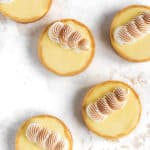
Lemon Tarts
- Yield: 6 individual tarts 1x
Description
Traditional French lemon tarts are made with a pâte sucrée dough ('sweet dough') and filled with a creamy lemon curd filling. They are dreamy and reminiscent of lemon tarts in Paris.
Ingredients
For the lemon filling
- 155g (2/3 cup) lemon juice
- zest of 2 lemons
- 165 g (3/4 cup) granulated sugar
- 100 g (2 large) eggs
- 40 g (2 large) egg yolks
- pinch of salt
- 226 g (8 oz) unsalted butter, diced and at room temperature
For the pâte sucrée
- 170 g (6 oz) unsalted butter, at room temperature
- 1.4 g (1/4 teaspoon) salt
- 110 g (1 cup) powdered sugar
- 40 g (1/3 cup) almond flour, skinless
- 7 g (1 1/2 teaspoons) pure vanilla extract
- 60 g (1 large) egg, at room temperature
- 315 g (2 7/8 cups) cake flour, sifted
Instructions
For the lemon filling
- Place lemon juice, zest, sugar, eggs, egg yolks and salt into a medium heatproof bowl set over a small saucepan filled with an inch of simmering water. Whisk constantly until the mixture thickens, about 10 minutes. The temperature should read 170°F/75°C and the mixture should coat the back of a wooden spoon.
- Pour through a fine sieve into a blender. Allow to cool for about 15 minutes (the temperature should be approximately 140°F/60°C).
- Blend the butter into the lemon mixture, a couple of pieces at a time. Once all the butter has been added and incorporated, pour the lemon filling into a container. Place a sheet of plastic wrap directly onto the surface of the filling to prevent a ‘skin’ from forming. Refrigerate for at least 4 hours.
For the pâte sucrée
- In a stand mixer fitted with the paddle attachment, cream the butter and salt on medium speed for 1 minute. Scrape down the sides and bottom of the bowl and add the powdered sugar. Beat on low until combined.
- Add the almond flour and vanilla and continue to mix on low speed until just combined.
- Slowly add the eggs and about one-quarter of the cake flour while on low speed. Allow to mix until just incorporated. Scrape down the bowl.
- Slowly add the remaining flour and mix just until the dough comes together. Do not over-mix! The dough should be soft to the touch and not sticky.
- Turn the dough onto a piece of plastic wrap. Press into a 1/2-inch thick rectangular block and wrap tightly. Refrigerate for at least 2 hours or overnight.
- Remove the dough from the refrigerator and cut into 6 equal sized pieces and roll each piece of dough until about 3 mm thick. Line six 4-inch (10cm) tart pans or tart rings and trim off any excess dough. Place onto a parchment line baking sheet pan. Using a fork, gently perforate the bottom of the shells. Refrigerate uncovered for at least 1 hour.
- Preheat oven to 325°F/163°C with the rack positioned in the middle of the oven. Line your tart shells with parchment paper and pie weights, dried beans, or rice (to blind-bake).
- Bake your tart shell in your preheated oven for 15 minutes. Remove the filling and return you tart shells to the oven for an additional 15-18 minutes or until light golden brown.
- Allow to cool to room temperature.
To assemble
- Fill the tart shells with the lemon filling. Refrigerate for 30 minutes before serving to set.

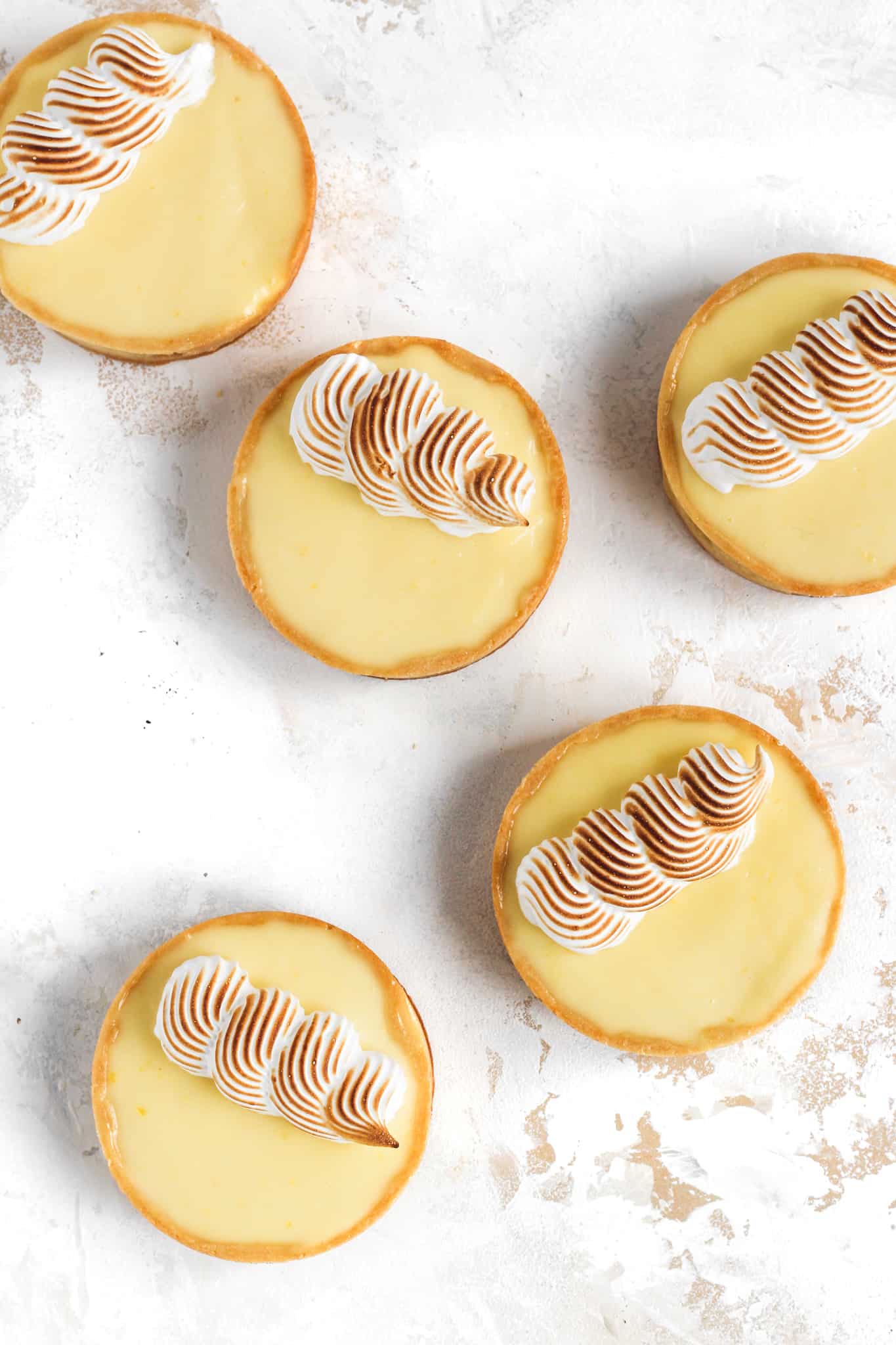

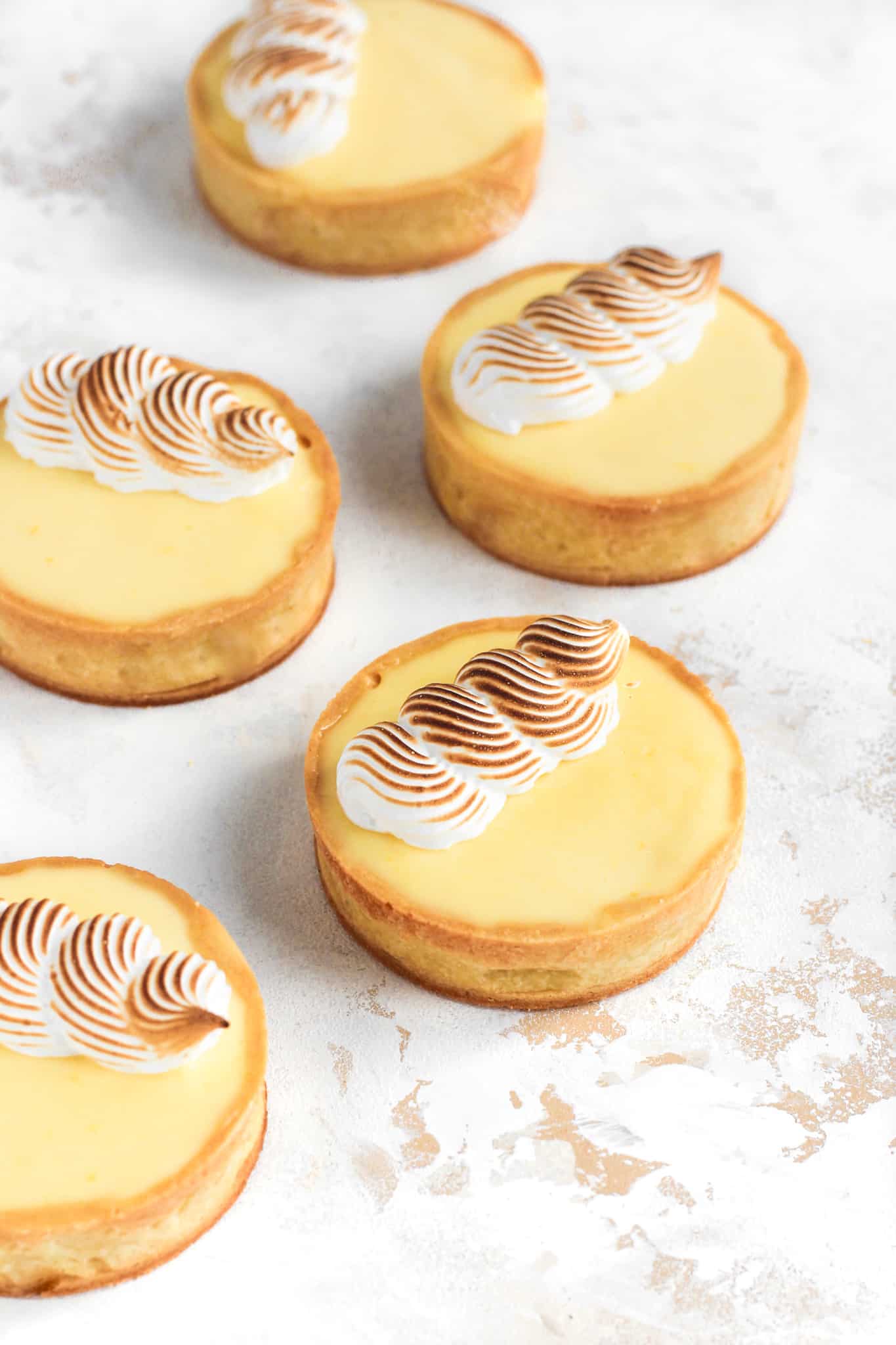
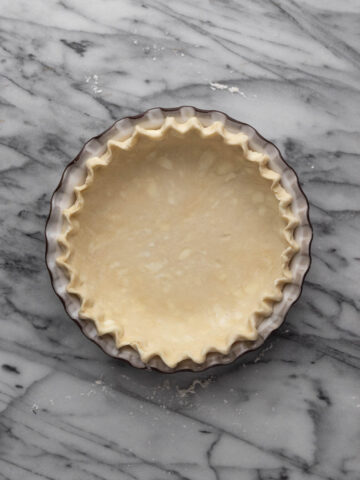
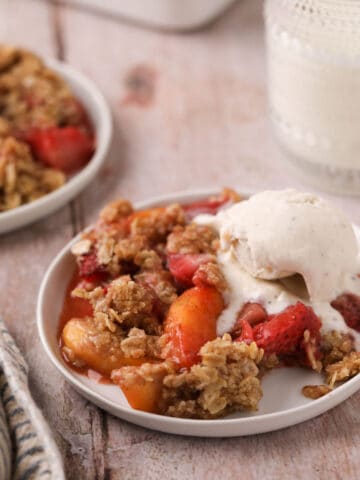
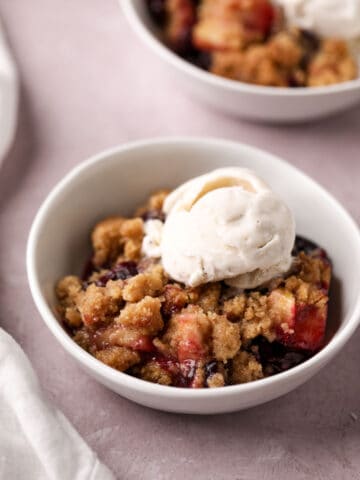
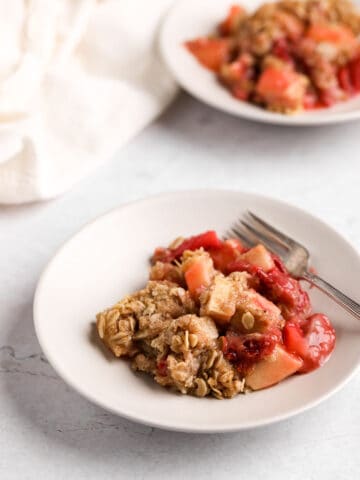
Anne
I believe that it’s pâte sucrée, not pâté.
‘Looks delicious and I plan to try it shortly.
Maria Pagiotas
Thank you so much Anne for pointing this out! Let me know how you like them 🙂
Ashlynn
I made the filling and refrigerated it, but it ended up just being lemon flavored butter and solidified in the fridge. I measured everything how the recipe said, even using a scale, and added the two sticks of butter it called for. Am I missing something? Or is this how the filling is supposed to be?
Thank you!
Maria
Hi Ashlynn! Thank you for making this recipe 🙂 This is a creamy lemon curd, so it should be a thick lemon filling, unlike a traditional lemon curd!
Laura
Where can I find the straight/sided tart pans like yours? If they are the “rings” you mentioned, how are they used? How did you toast the meringue with a torch, or in the oven (while on or off the filled tarts)? I’m so excited to try this recipe and learn how to make them as beautiful as yours. Thank you!
Maria
Hi Laura! You can find these tart rings online at Amazon or a specialty baking site such Bake Deco. To line the rings, roll the dough to about 3 mm thickness. Cut a circle to fit the bottom of the tart ring and a rectangular strip of dough that is as wide and the side of the ring and as long as the circumference of your ring. Place the circular dough within the tart ring and line the sides with the rectangular dough ensuring the sides create a seal with the bottom piece of dough. I always prefer to toast the meringue with a kitchen torch, it will give you the most control. Add your desired amount of meringue to the baked and chilled tarts and torch! I think you will love this recipe 🙂